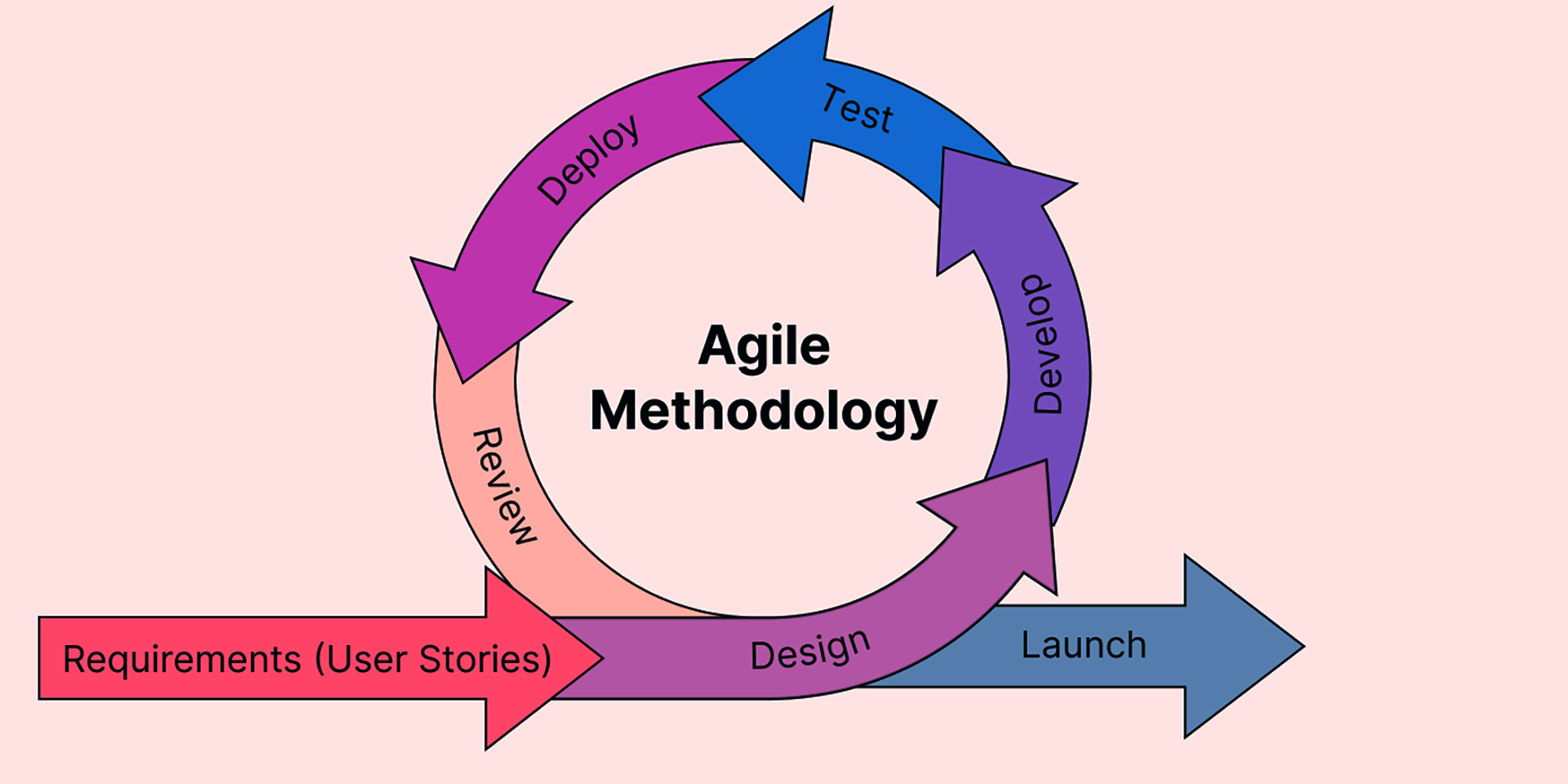Software testing is a critical part of the software development process. It involves evaluating a software application to ensure that it meets specified requirements and functions correctly. Testers play a crucial role in this process, as they are responsible for identifying defects or bugs in the software and ensuring that these issues are addressed before the software is released to users. In this article, we will explore the role of testers in ensuring software quality, including the different types of testing they perform and the impact it has on product quality.
Types of Testing
There are several types of testing that testers may perform to ensure the quality of software. Some of the most common types include:
Unit Testing: This type of testing involves testing individual units or components of the software to ensure that they are working correctly. It is typically done by developers as they write the code.
Integration Testing: Integration testing involves testing the integration of different components or systems within the software to ensure that they work together correctly.
System Testing: System testing involves testing the entire system as a whole to ensure that it meets specified requirements and functions correctly.
Acceptance Testing: Acceptance testing involves testing the software with end-users to ensure that it meets their needs and expectations.
Regression Testing: Regression testing involves retesting the software after changes have been made to ensure that no new bugs have been introduced.

The Role of Testers
Testers play a crucial role in ensuring software quality by:
Identifying Defects: Testers are responsible for identifying defects or bugs in the software by executing test cases and reporting any issues they find.
Ensuring Requirements are Met: Testers ensure that the software meets specified requirements by executing test cases based on these requirements.
Improving User Experience: Testers help improve the user experience by identifying and reporting usability issues or areas where the software can be improved.
Preventing Defects: By identifying defects early in the development process, testers help prevent these issues from reaching the end-user.
Challenges Faced by Testers
Despite the importance of their role, testers often face several challenges in ensuring software quality. Some of the common challenges include:
Time Constraints: Testers are often under pressure to complete testing within tight deadlines, which can lead to rushed testing and potentially missed defects.
Changing Requirements: Requirements for software projects can change frequently, which can make it challenging for testers to ensure that the software meets these changing requirements.
Lack of Resources: Testers may not always have access to the necessary resources, such as testing tools or environments, which can hinder their ability to effectively test the software.
Communication Issues: Testers must communicate effectively with developers and other team members to ensure that defects are understood and addressed properly. Poor communication can lead to misunderstandings and delays in fixing defects.
Complexity of Systems: Software systems are becoming increasingly complex, which can make testing more challenging and time-consuming.
Best Practices for Testers
To overcome these challenges and ensure software quality, testers can follow several best practices, including:
Collaboration: Testers should collaborate closely with developers and other team members to ensure that defects are identified and addressed promptly.
Automation: Testers should use automation tools to automate repetitive testing tasks, such as regression testing, to save time and improve efficiency.
Continuous Learning: Testers should continuously update their skills and knowledge to keep up with the latest trends and technologies in software testing.
Risk-Based Testing: Testers should prioritize testing efforts based on the risks associated with different areas of the software, focusing on areas that are most critical to the success of the project.
Feedback Loop: Testers should establish a feedback loop with developers and other team members to ensure that defects are addressed promptly and effectively.
The Impact of Testing on Product Quality
Testing has a significant impact on the quality of the final product. By identifying and addressing defects early in the development process, testers help ensure that the software meets specified requirements and functions correctly. This, in turn, leads to higher customer satisfaction and reduces the likelihood of costly rework or recalls after the software has been released.
In conclusion, testers play a crucial role in ensuring software quality by identifying defects, ensuring requirements are met, improving the user experience, and preventing defects from reaching the end-user. Their work has a significant impact on the quality of the final product and is essential for delivering high-quality software to users.



